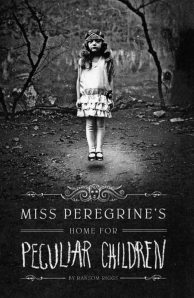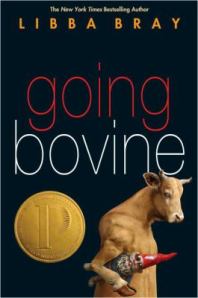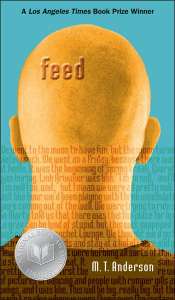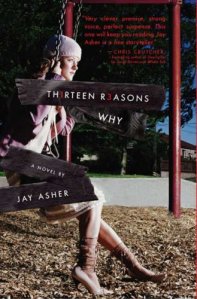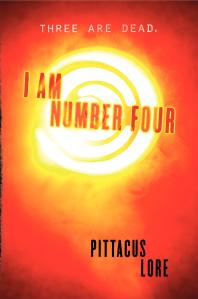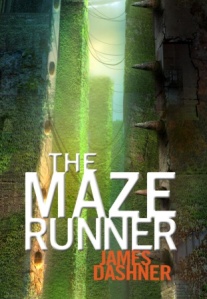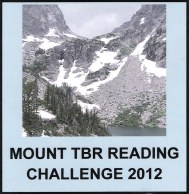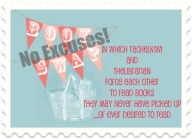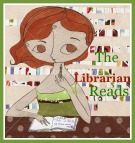Do you remember the stories of your childhood? Tales of magic and creatures who lived among us? When do we stop believing in them? When do we lose the faith? What happened if little red riding hood and the wolf showed up in your backyard? Better yet, what if Queen Mary did appear after three “Bloody Mary’s” spoken into a mirror at midnight?
I’ll tell you what would happen…Everyone would call you crazy
Then we’d hype you up on antipsychotic medications and send you to a shrink. At least that’s what happens to 16 year old Jacob. Jacob grew up on his Grandfather’s tales of the freakish. You see, his Grandfather claimed to have grown up on an isolated Island in Wales, “Miss Peregrine’s home for Peculiar Children”. Jacob was fed stories and photographs of the levitating girl, the invisible man, and the girl who ate with the back of her head. Yep, a full set of teeth under her glorious curls.
But when Jacob’s Grandfather dies Jacob sees the killer, and the killer is decidedly not a normal human. Across the seas, Jacob will search to find the root of his childhood stories, and to find the history of his Grandfather. And there is no way to prepare Jacob for the reality that all of his childhood tales are true…
Review
This book had me at hello. I mean, look at that cover…how can you not want to simply tear into this book. And that freaky victorian-art deco-gothic-horror vibe continues throughout the story with photos. Yep, it’s a multi-media type read. Riggs scoured photography collections featuring the old and freaky so all the photos within Miss Peregrine’s pages are real! Super cool.
But wait…it doesn’t stop there. Riggs’s writing style conjures up instant images with his word choice. The first time Jacob enters Miss Peregrine’s decrepit home well written. There are walls fuzzy with mold, walls splattered with food burst from jars, rooms with trees growing due to exposure. For me this was by far one of the creepiest parts of the novel.
That being said, maybe it’s just me…but I wasn’t all that scared. If I had to judge a book by it’s cover (haha) I was expecting a ‘scary story’ and I’m not sure if I’m disappointed or not that this didn’t turn out to be the point. Surprisingly, this novel was run-through with themes including WWII, father relationships, and the contemplation of the choice between a single safe, perfect day of the extraordinary (Ground-Hog-Day style) or a life time of ordinary. Jacob is beginning to realize that a 70 year old family hurt has passed down from the holocaust to bombings, to an abandoned son, to a stress disorder. It’s amazing to see how big a role the sins of the father play in this novel. So family issues…check…scary scenes…miss.
As for the famous creepy kids of Jacob’s youth? Peculiar is truly the best word for them. After the reader becomes aquatinted with the group they seem surprisingly ordinary and yet extraordinary at the same time. While I’m not saying that if a levitating girl and an invisible boy popped up in the middle of my day I wouldn’t be freaked out…Riggs presents it all with a normalcy that is usually found in magical realism novels or tall tale movies like Big Fish.
I’m not gonna lie, I was really hoping for creepy…maybe a little sleeping with the light on…if that’s what you’re looking for this isn’t the title for you. However, what you will find is a delightfully written tale with surprising twists and turns of language that make the reader feel like you’re there. But Warning: this seems as though it’s not a stand-alone book. You follow the final frantic chase to one big cliff. I was a little disappointed in this I think that simplifying the story could have resulted in a strong stand-alone. Not sure that this is a cliff I’m gonna jump to the next book…we shall see what the teaser summaries result in.
Rating: 6/10
